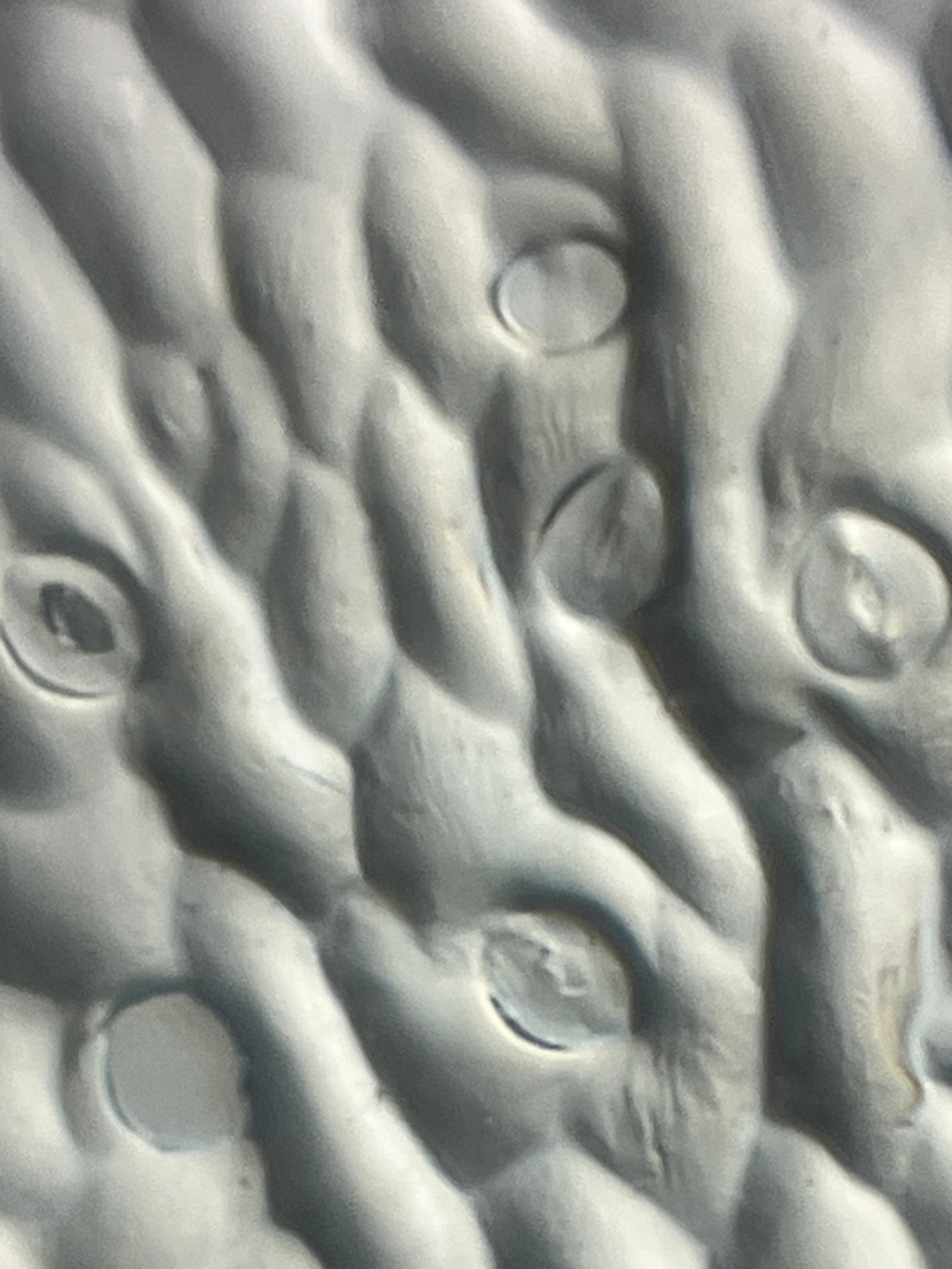Question:
Are there colors hiding in leaves?
Background:
Happy fall! The autumnal equinox is on September 23, 2022. During this time of year the temperatures get cooler, the number of daylight hours get shorter, and the leaves of deciduous trees change color!

There are so many ways to bring leaf color into your classroom. Classification, patterns, change, color, value, and gradation, just to name a few. Observations of leaves can be made using the naked eye, a hand lens, or a microscope. The colors hidden inside of leaves can be seen using the science of chromatography.

Scientists study patterns of color change in leaves in order to learn about the life cycle of trees, the role of climate change on our planet, and the health of forest ecosystems. So, the more we can get our students to learn about leaves and their colors, the better!
Directions/Procedure:
Leaves have a compound in them called chlorophyll which gives them their green color. However, during the shorter days of fall and winter, the production of chlorophyll slows down and other compounds in the leaf become visible as yellow, orange, and red. The leaf changes color because the yellow, orange, and red compounds are no longer overshadowed by the green chlorophyll.
The chemical compounds that cause green, yellow, orange, and red dissolve differently in isopropyl alcohol. Chromatography (a process that separates the colors hidden inside of leaves) will help you and your students see these hidden colors.
Materials:
- Leaves of different trees and colors
- Flashlight
- Isopropyl alcohol
- Filter paper
- Colored pencils
- Hand lens
- Microscope (click here to see pricing for a classroom set of Foldscopes)
- Beaker
- Scissors
Procedure:
- Observe the leaves you collected using your eyes, a hand lens, and then a microscope. Try shining a flashlight (or other light source) through the leaf. Record your observations in your science notebook.
- What colors do you think are hidden in your leaf? What is your evidence supporting your answer? Record this information in your science notebook.
- Take a green leaf, shred it up into little pieces, place the pieces in a beaker, and cover them with 1 inch of isopropyl alcohol. Mash the mixture really well using a spoon and let it sit for about 10 minutes (while it is sitting, you can do the same preparation using a yellow, orange, or red leaf). Note the color change in the isopropyl alcohol.
- Cut a strip of filter paper (coffee filter or paper towel) and place it into the liquid. The strip should be narrow enough to fit inside the beaker and tall enough to extend above the beaker. Watch the isopropyl alcohol rise up the filter paper. Do you see more than just green?
- When the isopropyl alcohol gets close to the top of the filter paper, remove the paper from the beaker and let it dry. You should see clear bands of color with green at the bottom. Record your observations in your science notebook.
- Repeat steps 3 and 4 with other leaves and compare your results from each trial.
- Did your results match your hypothesis in step 2? Do you have further questions after conducting your investigation? What modifications could you make to this experiment to answer them?
Real World Leaf Scientists:
Dr. Rebecca Forkner is a scientist at George Mason University who researches the relationship between color and plants. She studies the biochemistry of leaf color and how it relates to climate change. How could your investigation help Dr. Forkner’s research?
Andy Goldsworthy is an English environmental artist who creates land based art and sculptures using natural materials that he encounters outdoors. He is an expert at using color gradation to show the subtle changes and variations in the colors of leaves that we see all around us. How can you use the leaves that you collected to create a work of art that shows the many shades of color in leaves?
Extension:
This activity brings together the following three dimensional aspects of the Next Generation Science Standards: Planning and Carrying Out Investigations, Life Science, and Patterns.

However, this exploratory activity can go beyond the science classroom. Join forces with:
- a Social Studies teacher to understand the economic impact of the fall leaf season on the east coast of the United States
- an English teacher to analyze metaphors associated with seasonal change
- a Math teacher to calculate the ratios of the amounts of color causing chemicals in the leaf based on what is seen on the filter paper, or
- an Art teacher to learn more about illustrative techniques that emphasize the power of color!

Connect:
Make sure to share your observations, hypothesis, results, and interdisciplinary extension activities. Submitting your geotagged Foldscope images of leaves of all colors to the Microcosmos will help build up a strong scientific database that can help support new and innovative scientific research!



